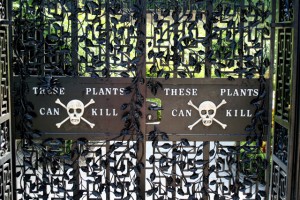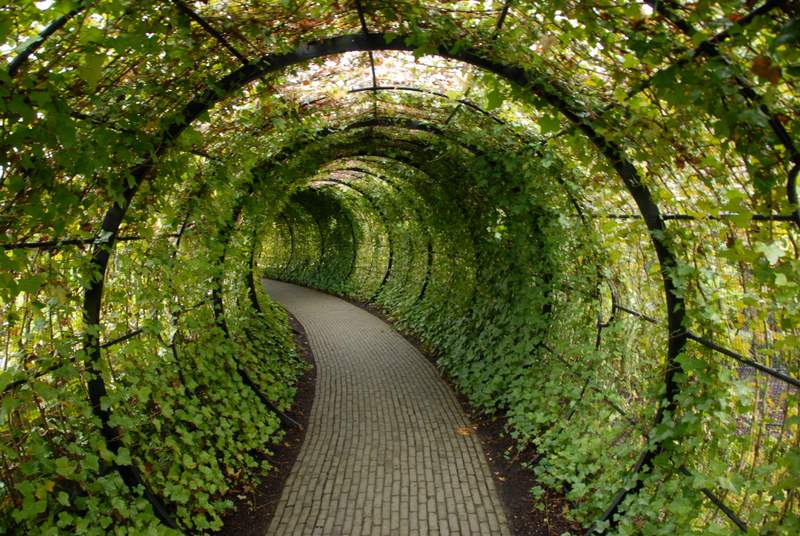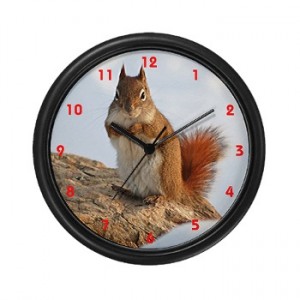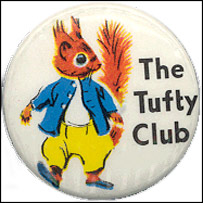“Grow your own mandrake and get 2 for 1 entry to The Alnwick Garden.”
Now that‘s a tempting draw.

- Gates of The Poison Garden at Alnwick

- Tunnel of Ivy En Route to the Poison Garden
The Duchess of Northumberland was granted permission to grow all sorts of toxic, noxious, illicit and delightful magickal plants, including cannabis, magic mushrooms and opium poppies in her garden at Alnwick Castle.
This excerpt comes from the San Francisco Chronicle, October 2005:
Open since February 2005, the Poison Garden is but the latest head twirler in the Duchess of Northumberland’s garden….
“I wanted to create a garden that was beautiful yet pleasurable, educational yet not stuffy,” the duchess said. “A place where families would want to come and spend the day.”
“The Poison Garden is a place of excitement and intrigue,” said the duchess, “especially for children. More seriously, it is a place for visitors to learn about the dangerous side of plants. Drugs are a major concern across the country and an emotive issue. Here we offer a new avenue to get people talking about the misuse of drugs — most of which grow in nature.” Cannabis, opium poppies, magic mushrooms and coca are among the garden’s plantings that required special government permission to grow.
Oddities learned along the way: Wild clematis, old man’s beard, was once part of the equipment of professional beggars, who rubbed its sap into scratches to make temporary but satisfactorily weeping ulcers. Monk’s pepper alters the hormonal balance in both sexes. Laburnum, a beautiful and popular shrub, causes convulsions, vomiting and frothing at the mouth when nibbled. Nibblers of strychnine, innocuously known as Quaker’s button, can end up with its dramatic final symptom — a posthumous fixed grin. Henbane in the right dosage will take someone to the doors of death, but not through them. “You will look convincingly dead,” said Holmes, adding reassuringly, “but should recover.”
…and she looks so nice, and wholesome!

- The Duchess of Northumberland, who funded and designed the Poison Garden
The Duchess has written a companion book, “The Poison Diaries;” it’s a cross between a pastiche almanac and a moral tale:



 Friend Richard O’Flynn (whom I will ask for a close reading) alerted me to the
Friend Richard O’Flynn (whom I will ask for a close reading) alerted me to the 



